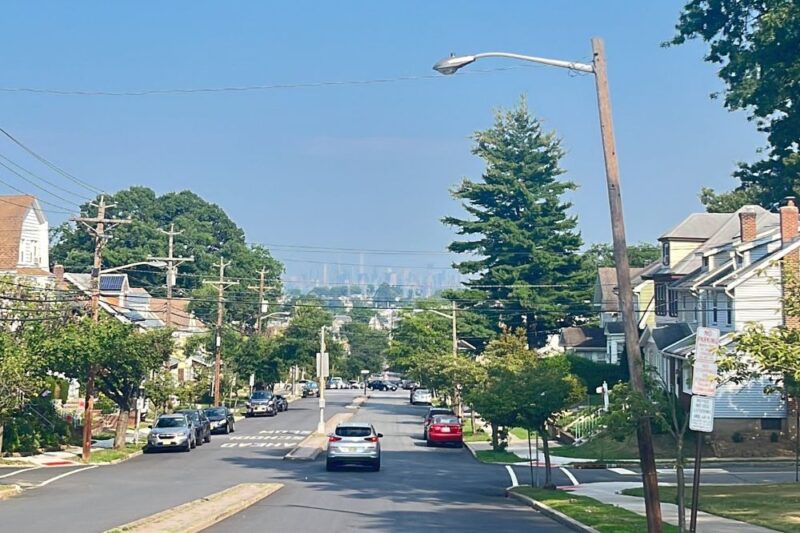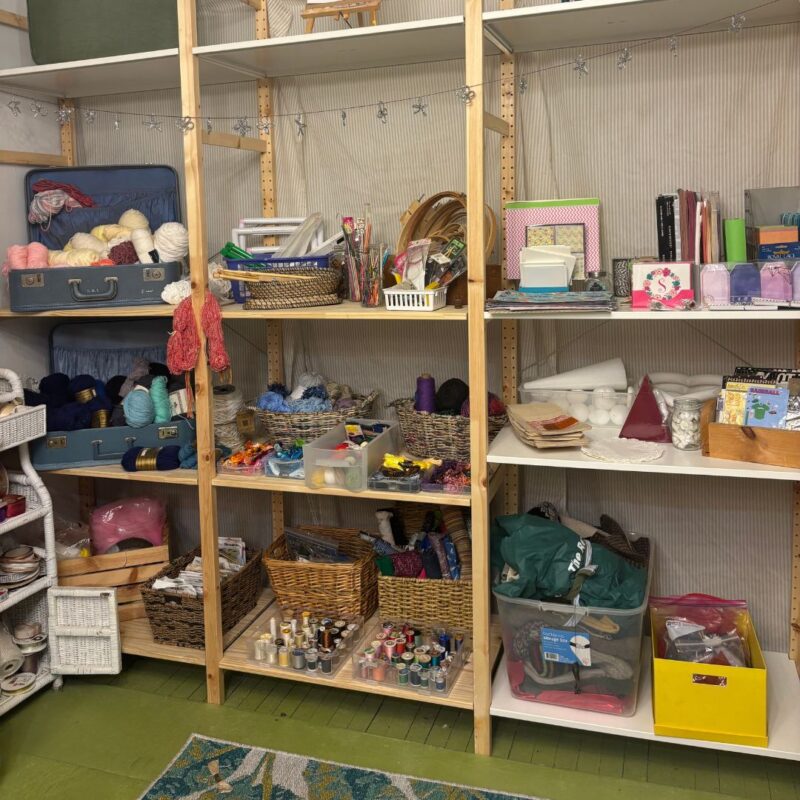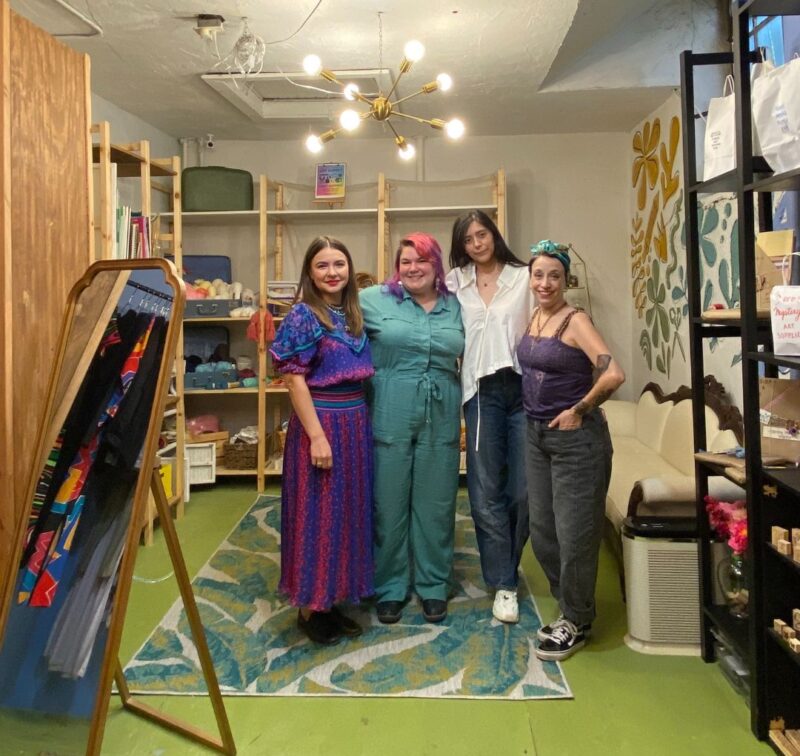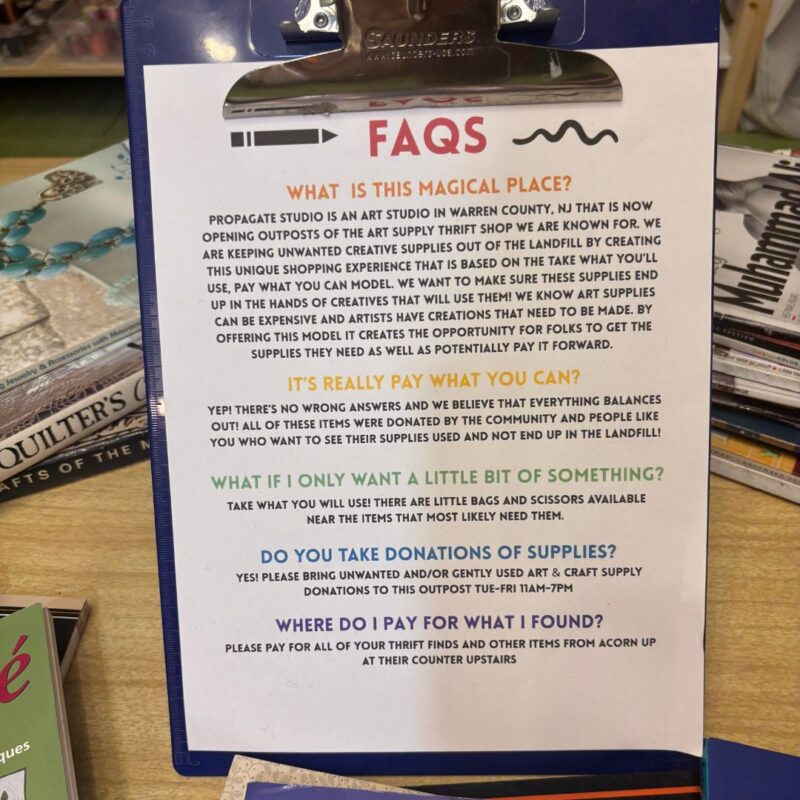Today, Essex County consists of 22 towns with names like Caldwell, Orange, and Millburn, but it all started off with just one: Newark. The two earliest European settlements in Essex County were the Horseneck Tract in the west and the Newark Tract in the east. Numerous communities have come and gone, but some have stuck till now. Even Montclair started off as something different. Read on to learn the history behind Essex County town names and maybe even your hometown.
Belleville
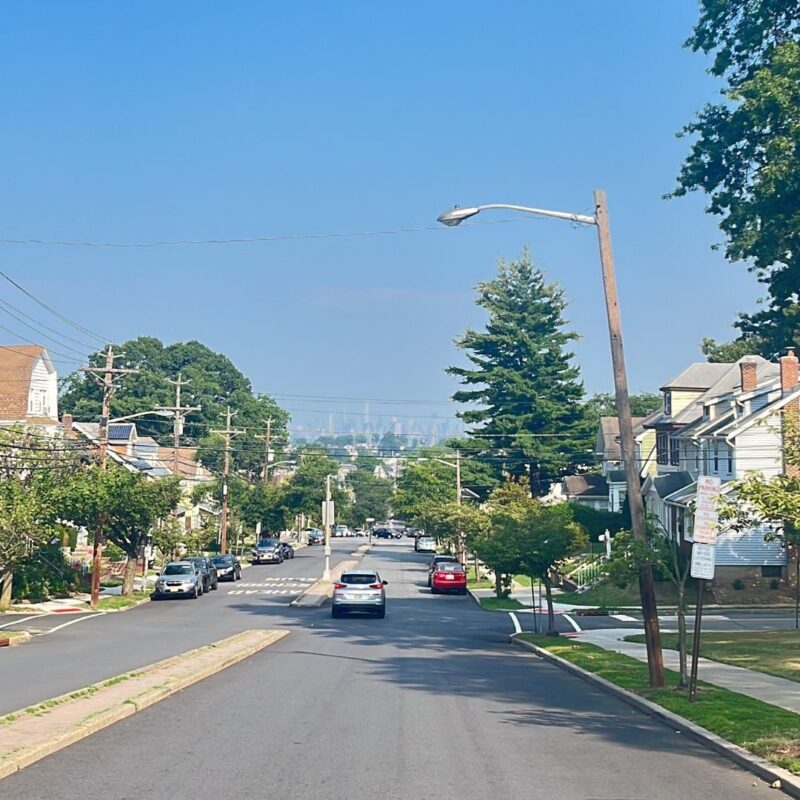
Today, over 38,000 people call Belleville home. This 3.37 square mile township was home to the first Chinatown on the East Coast, where the musical group the Four Seasons formed, and the birthplace of the Industrial Revolution in the United States.
The Belleville we know today was initially part of the 1667 Purchase of Newark. In time a community, known as Second River, formed. In 1797, the community became Washington to honor George Washington who passed through the area during the American Revolution. This name lasted for two days until Belleville was chosen as the final option. In French, Belleville means “beautiful city” or “beautiful town”. In 1839, Belleville separated from Bloomfield and became a municipality with its own government.
Bloomfield
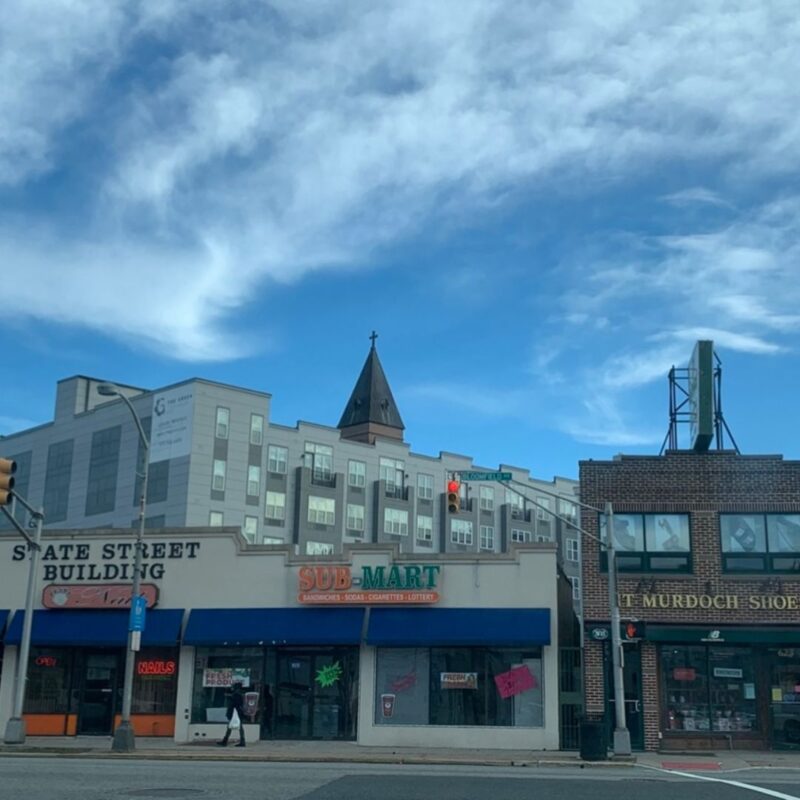
Today, Bloomfield is home to over 53,000 residents. The township is 5.36 square miles but was originally four times that size when it was incorporated over two centuries ago. Just like much of eastern Essex County, Bloomfield was originally part of Newark. On March 23rd, 1812, Bloomfield was incorporated as a township from portions of Newark. It initially included present-day Nutley, Belleville, Glen Ridge, and Montclair. By the late 19th century these towns had all ceded from Bloomfield. Bloomfield was named after the fourth New Jersey governor Joseph Bloomfield, who served from 1801-1812.
Read More: 13 Vintage Roadside Stops in New Jersey
Cedar Grove
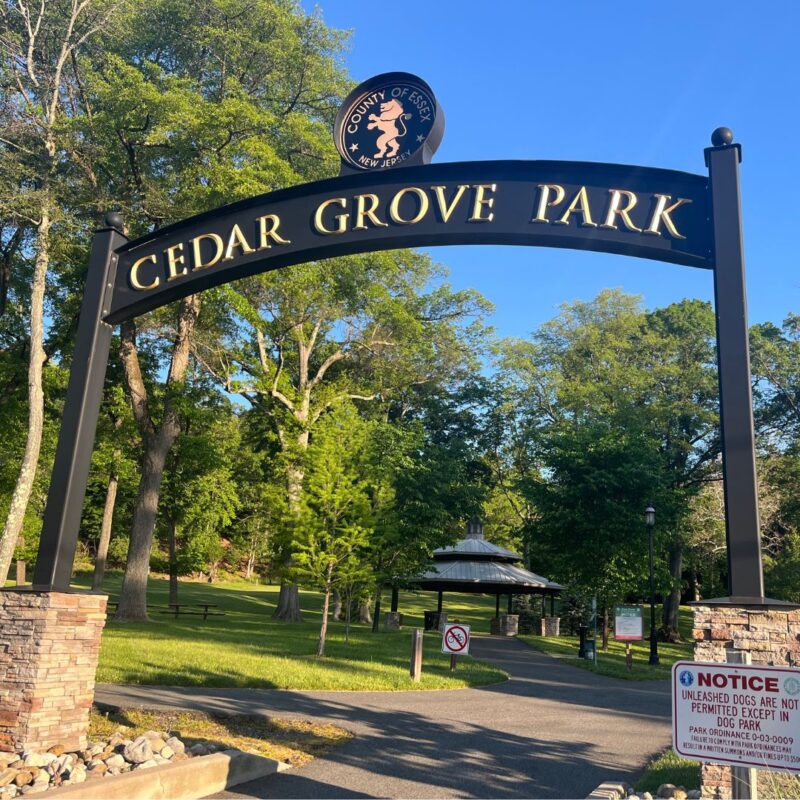
Cedar Grove, like much of western Essex County, was initially purchased as part of the Horseneck Tract in 1702. In 1787, it became part of Caldwell Township and by the 1800s it was known as Vernon Valley. However, due to the existence of Vernon Valley in Sussex County, Verona was chosen as an alternative name.
In 1892, Verona Township separated from Caldwell Township. In 1902, Verona Township split into Verona Township and Verona Borough. Finally, on April 30th, 1907, Verona Borough was incorporated into the community we know today. Almost a year later on April 9th, 1908, Cedar Grove separated from Verona Borough, becoming its own municipality. Cedar Grove was named for the nearby cedar trees.
Essex Fells
Today, Essex Fells is 1.41 square miles, home to roughly 2,200 people, and has no traffic lights. The area was initially purchased as part of the Horseneck Tract. In 1787, it would become part of Caldwell Township and in 1902, Essex Fells was formed as its own municipality with its own government.
Essex Fells’ name derives from Essex County and John Fell, the son-in-law of American banker Anthony Drexel. Fell was the first husband of Drexel’s daughter Sarah who married Alexander Van Rensselaer after Fell died. Ironically, Van Rensselaer was the great-grandson of William Livingston, the namesake for Livingston, another town in Essex County.
Fairfield
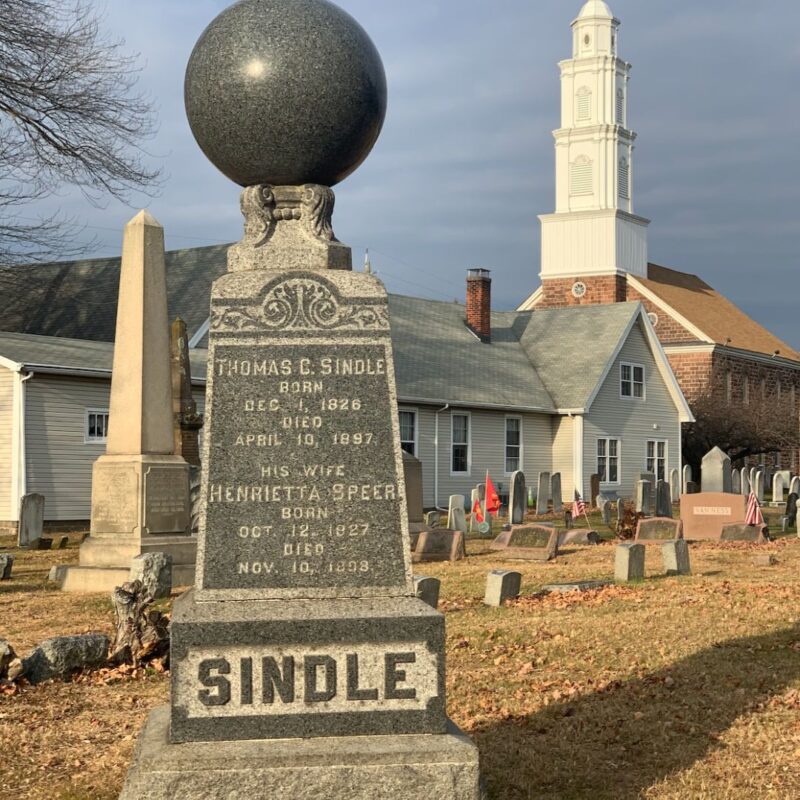
Essex County’s least densely populated town, Fairfield, is home to roughly 7,800 people and covers 10.35 square miles. Fairfield was initially populated by the Dutch who named the area Gansegat, meaning “duck’s pond” in Dutch. Alongside the Dutch, many French Huguenots settled in the area.
It was then purchased as part of the Horseneck Tract consisting of 18,000 acres. In 1702, the English purchased 14,000 acres of this land from the Lenape, but without approval from the Proprietary Authorities. This resulted in a conflict known as the Horseneck Riots during the 1740s and 1750s. In 1787, this area would become part of Caldwell Township and in 1963 it became Fairfield Township.
Glen Ridge
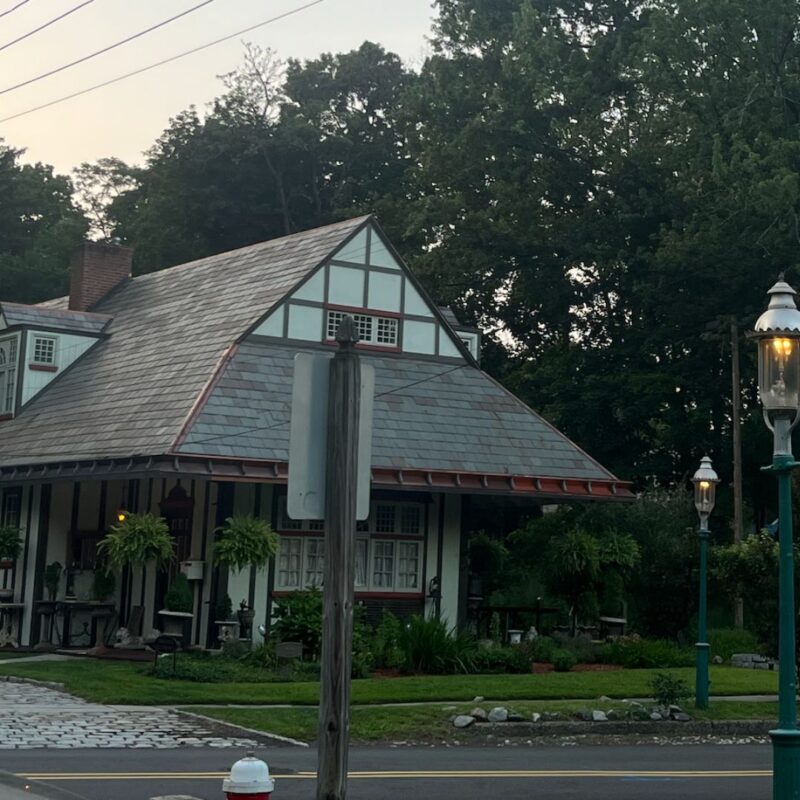
Almost 8,000 people live in Glen Ridge, a small town with magnificent homes, tall trees, and numerous old-fashioned street lights. The Glen Ridge we know today was originally part of Newark. In 1895, Glen Ridge was incorporated as its own municipality, separating it from Bloomfield. The community’s name comes from the ridge in the glen formed from Toney’s Brook, a tributary of the Second River.
Irvington
Today, Irvington is 2.92 square miles and is home to roughly 62,000 people. This township, like most of eastern Essex County, originally started as a portion of Newark. In 1834 Clinton Township was formed, encompassing parts of present-day Irvington, Maplewood, Newark, and South Orange. Irvington was formed as a village in 1874 from portions of Clinton Township. It was named after American writer, historian, and diplomat Washington Irving.
Livingston
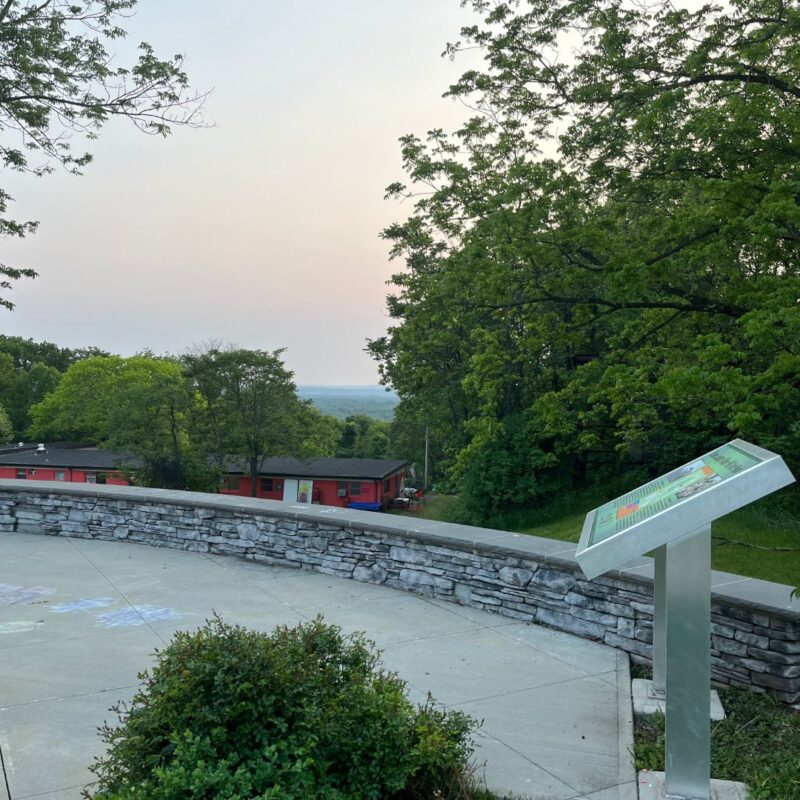
Like most of western Essex County, Livingston was initially part of the Horseneck Tract. In 1811, about 100 people from the communities of Centerville, Cheapside, Morehousetown, Northfield, Squiretown, Teedtown, and Washington Place, petitioned the state to incorporate as one community. Their dream came true in 1813 when Livingston was born. The namesake for this community is William Livingston, the first governor of New Jersey.
Maplewood
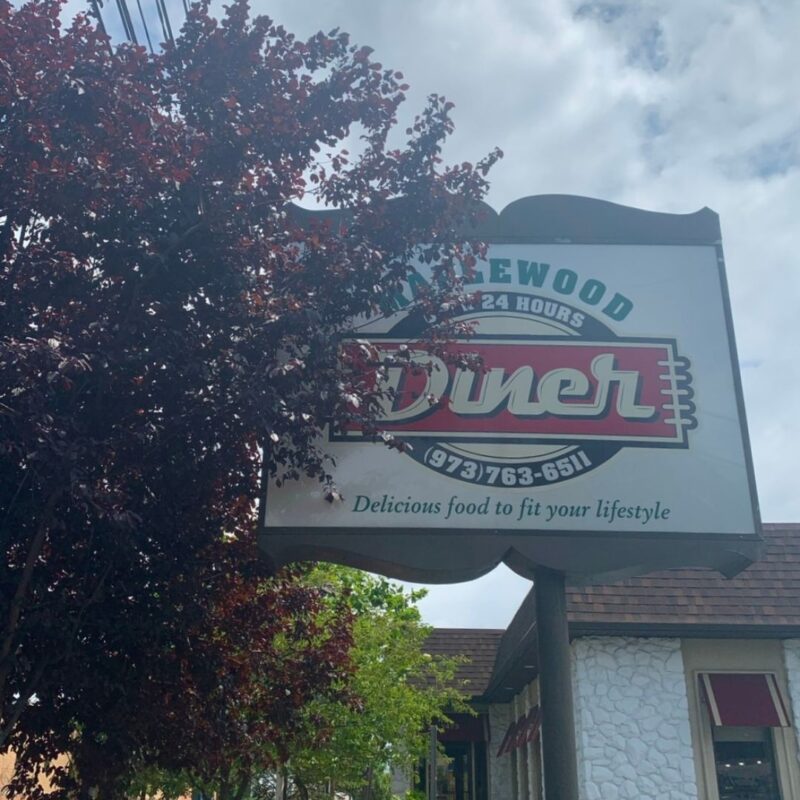
Maplewood, like most of eastern Essex County originally started as a portion of Newark. An early community in the area was Jefferson Village, named after Thomas Jefferson. Another one was North Farms. In 1861, present-day Maplewood was formed in South Orange Township. In 1869, portions of it were taken to form the South Orange we know today. In 1922, the name officially became Maplewood. In 1838, the Morris and Essex Railroad was entered into the area and John Shedden built a station, naming it Maplewood which serves as the community’s namesake.
Millburn
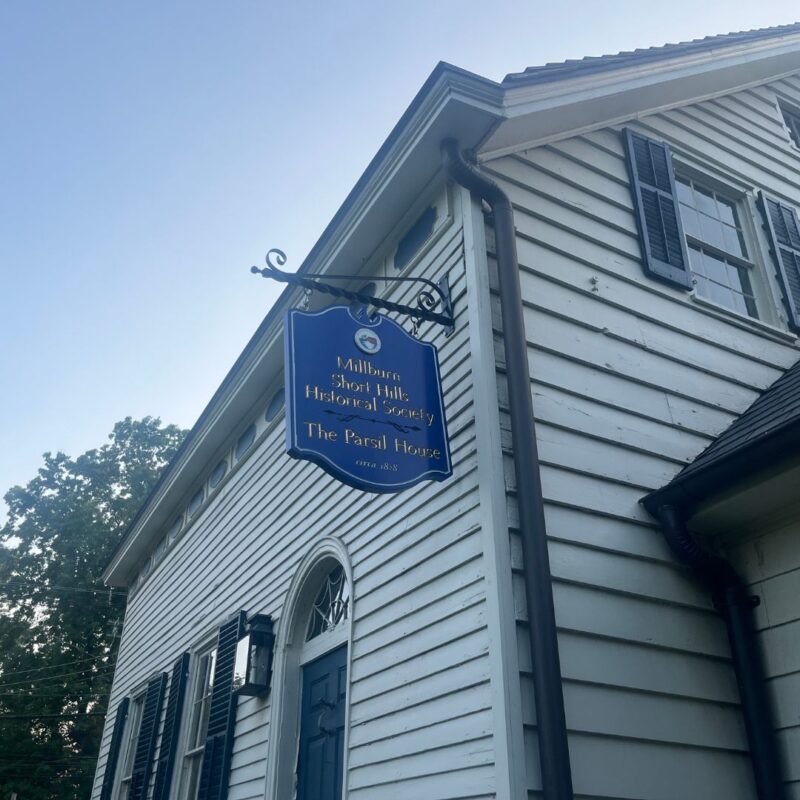
A small portion of present-day Millburn was part of the 1667 Purchase of Newark. In 1857, Millburn was incorporated from portions of Springfield Township, when Union County was formed. Many names predate the current one, such as Rum Brook, Vauxhall, Milltown, and Millville, but Millburn beat them all. This is because many residents in the area were from Scotland and the local rivers and streams reminded them of the burns (body of water) back home. The name also comes from the nearby mill. Thus “mill” + “burn” = Millburn.
Montclair
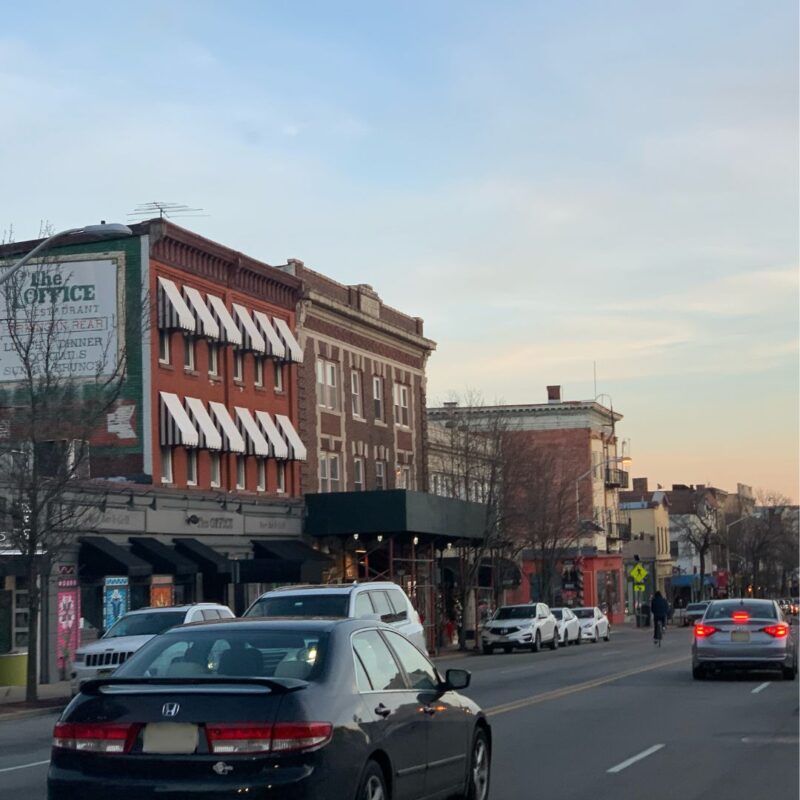
Before Montclair became Montclair it was known by many names: Cranetown, Speertown, and even West Bloomfield. Like neighboring Bloomfield and Glen Ridge, Montclair was part of Newark for some time. As time went on, the Crane family settled in Cranetown which would become a predominantly English community. What is now Upper Montclair was a predominantly Dutch settlement named Speertown after John Speer. On March 23rd, 1812, the Bloomfield portion of Newark became its own township and Cranetown became known as West Bloomfield. On April 15th, 1868, Montclair was incorporated from portions of Bloomfield Township. Montclair means “clear mountain” in French.
Newark
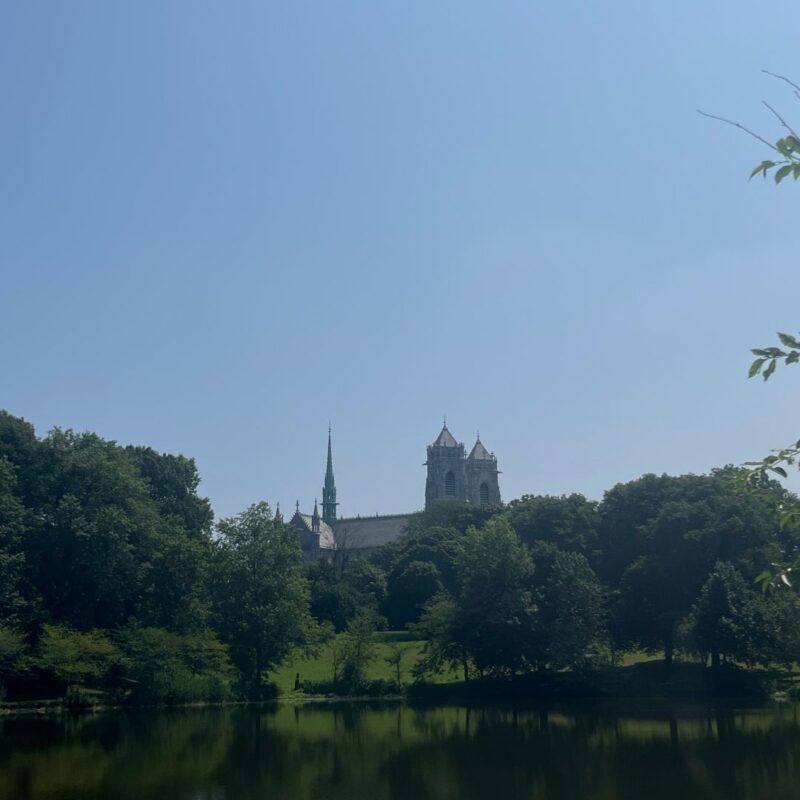
In 1666, Puritans from Connecticut led by Robert Treat settled in what is now eastern Essex County. The following year they purchased the Newark Tract from the Lenape, and in 1693, Newark was incorporated. Today, Newark is New Jersey’s most populated city, serving as home to over 300,000 people.
The name of the city is thought to be derived from the English community Newark-on-Trent where pastor Abraham Pierson came from. However, two other possibilities for the name exist: “New Ark” for “New Ark of the Covenant” and “New-Work” to reflect the community’s task at hand.
Nutley
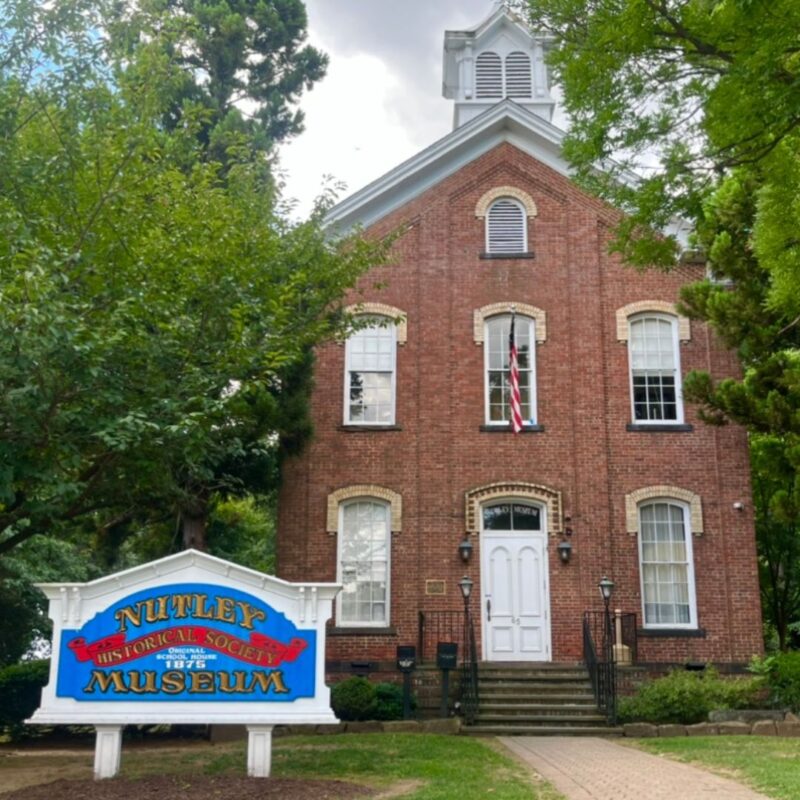
Like most of eastern Essex County, Nutley was originally a portion of Newark. The first settler in the area was a painter named Bastian Van Giesen, who arrived in 1693. In 1874, what is now Nutley was incorporated as Franklin Township, taking land from Belleville. In 1902, the name was changed to what we know today, Nutley. The namesake for this township derived from the estate name of the Satterthwaite family which stretched along the Passaic River.
Roseland
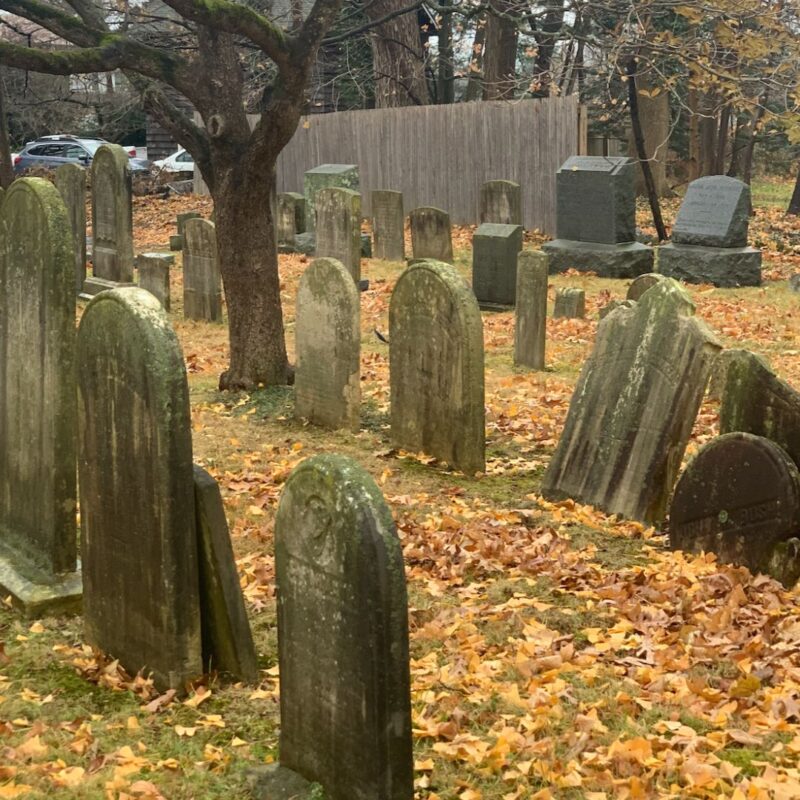
Like much of western Essex County, Roseland was initially part of the Horseneck Tract. In 1812, when Livingston was incorporated, what is now Roseland was a part of it. This area was originally called Centreville, but the community changed its name in 1874 to Roseland. The initial name suggestion was Roselyn, provided by resident Sarah Condit Harrison. Roseland was either selected as an alternative or a misspelling of Harrison’s suggestion. In 1907, residents petitioned Livingston officials to construct a school, but they were refused. As a result, the community split off and incorporated themselves as Roseland in 1908.
The Caldwells
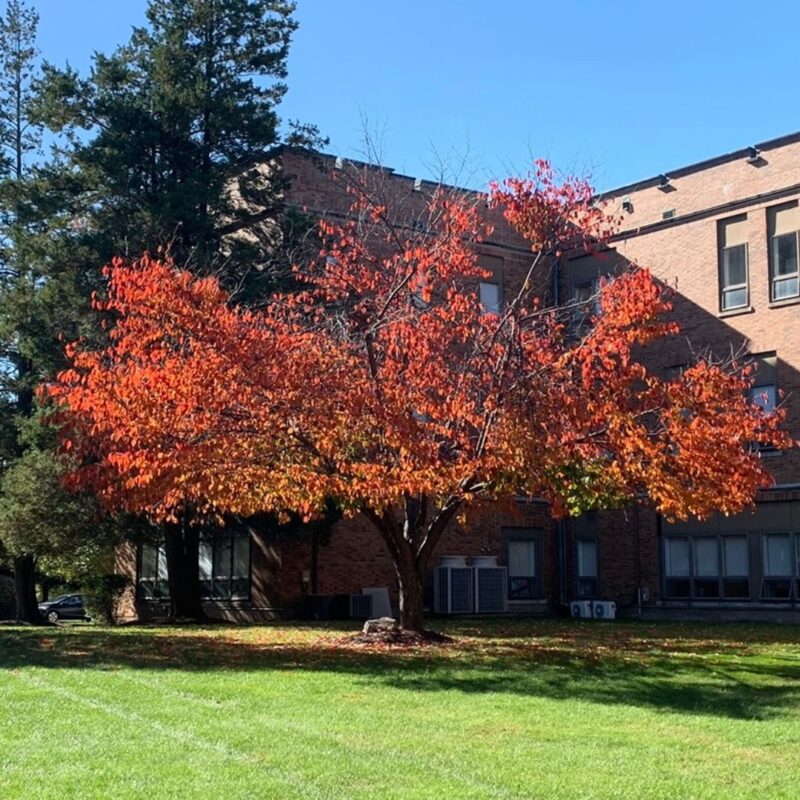
Roughly 28,000 people call The Caldwells home. This 9.36 square mile portion of Essex County consists of North Caldwell, Caldwell, and West Caldwell. Visitors and residents alike can find the Birthplace of Grover Cleveland, the Tony Sopranos Home, and Caldwell University here. All of The Caldwells, like much of western Essex County, were initially purchased as part of the Horseneck Tract in 1702. On February 17th, 1787, this area’s name was picked to honor James Caldwell, a Revolutionary War soldier. It contained what we know now as Verona, Cedar Grove, Fairfield, Essex Fells, Roseland, and all The Caldwells.
The community developed over the century and by 1892, there was a small schism. Caldwell’s center decided to form its own independent municipality and named itself Caldwell Borough (what is now Caldwell and West Caldwell). The outskirts which included places like present-day Verona, Cedar Grove, North Caldwell, and Fairfield, became Caldwell Township. In 1898, North Caldwell was formed from portions of Caldwell Township (now Fairfield). In 1902, the Caldwell Borough settlements of Westville and Franklin consolidated to form what we know today as West Caldwell.
See More: The Stories Behind Old Hoboken Signage
The Oranges
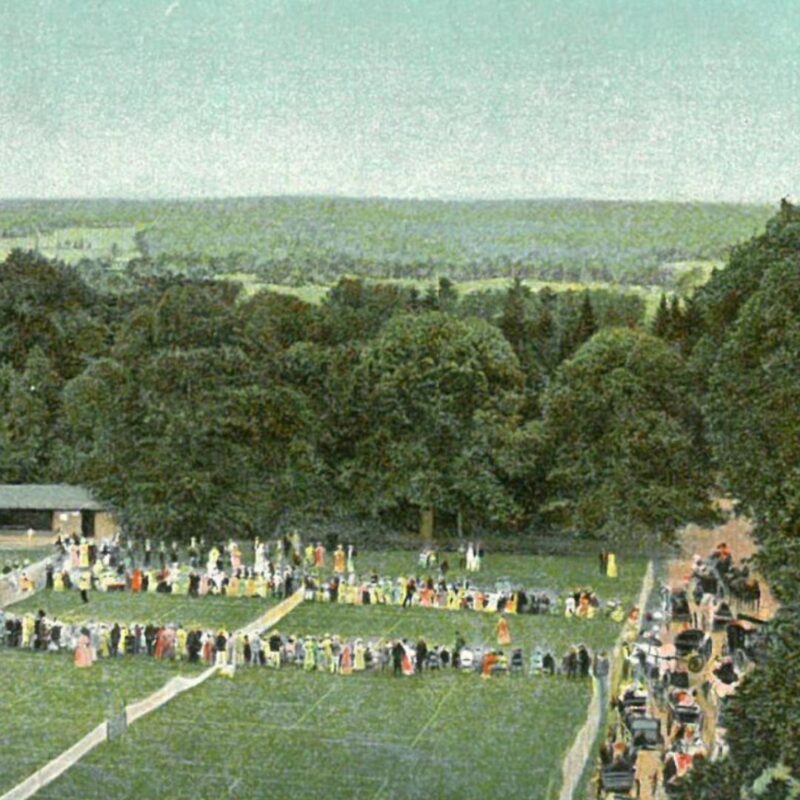
Photo Credit: Montclair History Center
The Oranges consists of four communities: East Orange, Orange, South Orange, and West Orange. There simply is no North Orange. Just like there is no East Caldwell or South Caldwell. Most of what is now Orange, East Orange, and South Orange were part of the Newark Tract while West Orange was part of both the Newark and Horseneck Tracts. The namesake for The Oranges is William III of England who was also the Dutch Prince of Orange.
West Orange’s history begins in 1677 when the settlers from Connecticut who purchased Newark in 1667 extended their realm. As a part of the city of Newark, it was known as the Newark Mountains section. The area’s first European settler was a Dutchman named Anthony Olive. In 1780 the community voted to adopt the name Orange and by 1806 what is now The Oranges separated from Newark. In 1861, South Orange Township (now Maplewood) separated from Orange, and in 1869, South Orange Village (present-day South Orange) separated and became its own municipality. In 1863, both East Orange and West Orange were incorporated.
Verona
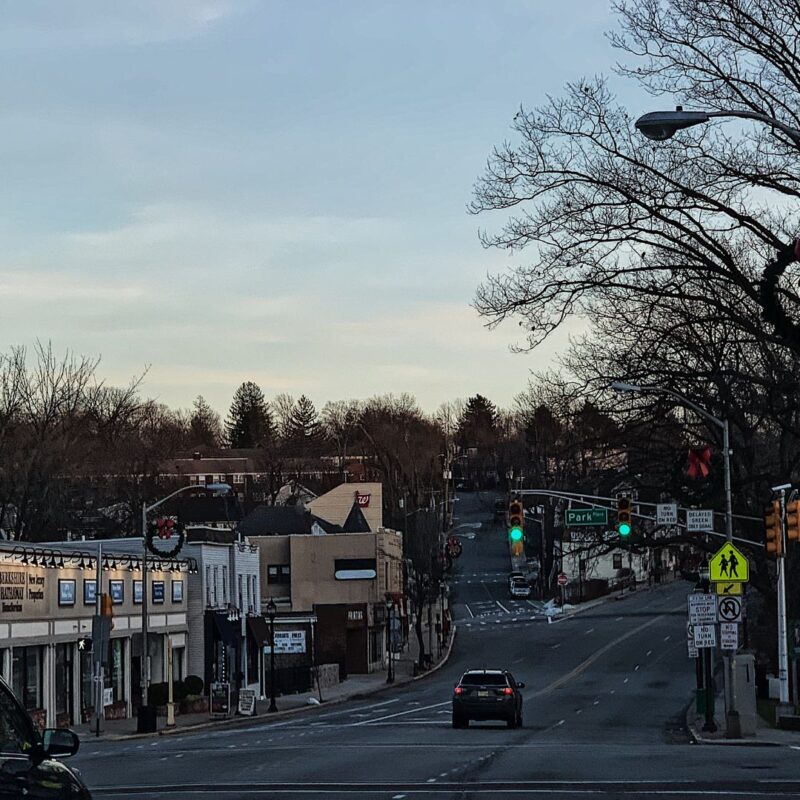
Verona was initially purchased as part of the Horseneck Tract. In 1798 it would become part of Caldwell Township and by the 1800s it was known as Vernon Valley. However, due to the existence of Vernon Valley in Sussex County, Verona was chosen as an alternative name. In 1892, Verona Township separated from Caldwell Township. In 1902 Verona Township split into Verona Township and Verona Borough. Finally, on April 30th, 1907, Verona Borough was incorporated into the community we know today. Verona was named after Verona, Italy.

